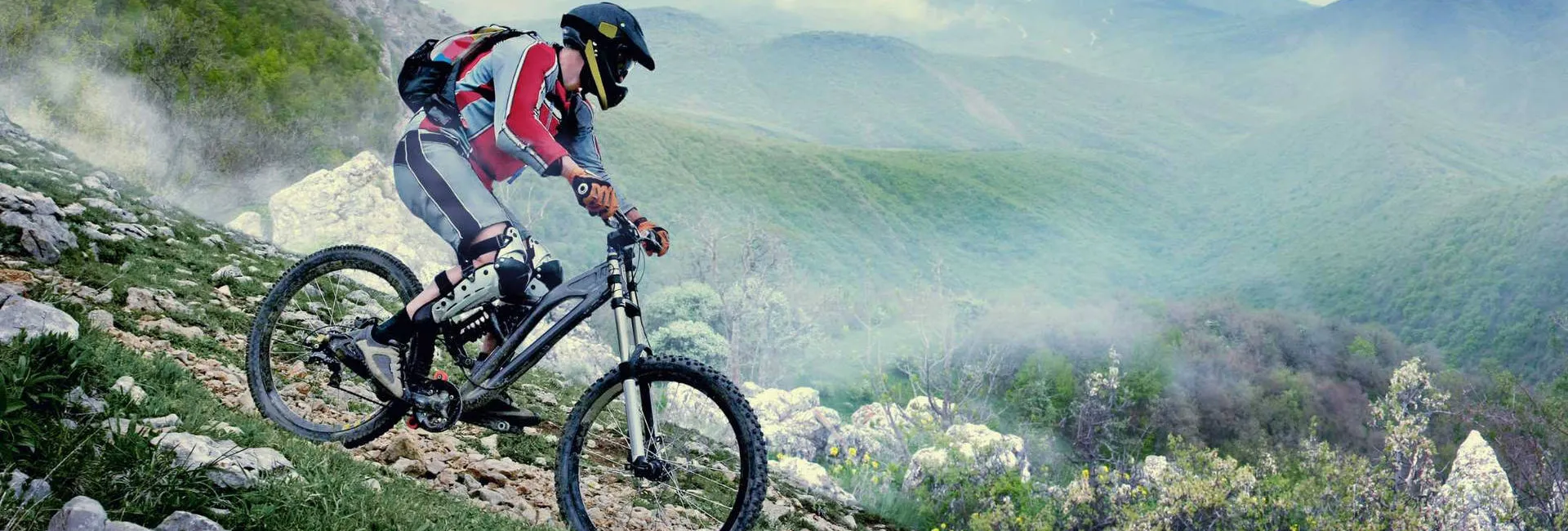
- Afrikaans
- Albanian
- Amharic
- Arabic
- Armenian
- Azerbaijani
- Basque
- Belarusian
- Bengali
- Bosnian
- Bulgarian
- Catalan
- Cebuano
- Corsican
- Croatian
- Czech
- Danish
- Dutch
- English
- Esperanto
- Estonian
- Finnish
- French
- Frisian
- Galician
- Georgian
- German
- Greek
- Gujarati
- Haitian Creole
- hausa
- hawaiian
- Hebrew
- Hindi
- Miao
- Hungarian
- Icelandic
- igbo
- Indonesian
- irish
- Italian
- Japanese
- Javanese
- Kannada
- kazakh
- Khmer
- Rwandese
- Korean
- Kurdish
- Kyrgyz
- Lao
- Latin
- Latvian
- Lithuanian
- Luxembourgish
- Macedonian
- Malgashi
- Malay
- Malayalam
- Maltese
- Maori
- Marathi
- Mongolian
- Myanmar
- Nepali
- Norwegian
- Norwegian
- Occitan
- Pashto
- Persian
- Polish
- Portuguese
- Punjabi
- Romanian
- Russian
- Samoan
- Scottish Gaelic
- Serbian
- Sesotho
- Shona
- Sindhi
- Sinhala
- Slovak
- Slovenian
- Somali
- Spanish
- Sundanese
- Swahili
- Swedish
- Tagalog
- Tajik
- Tamil
- Tatar
- Telugu
- Thai
- Turkish
- Turkmen
- Ukrainian
- Urdu
- Uighur
- Uzbek
- Vietnamese
- Welsh
- Bantu
- Yiddish
- Yoruba
- Zulu
Jul . 28, 2024 13:27 Back to list
Choosing the Right Gear Shifter for Your Mountain Bike for Optimal Performance and Control
Gear Shifter for Mountain Bikes A Comprehensive Guide
When it comes to mountain biking, having the right gear shifter is crucial for optimizing your performance on different terrains. The gear shifter, often referred to as a derailleur, is responsible for shifting the chain between various cogs in the bike’s cassette and chainrings. This component allows riders to easily adjust their pedaling effort according to the incline, surface, and technical challenges of the trail. In this article, we will delve into the various types of gear shifters available, their features, and how to choose the best one for your mountain biking needs.
Types of Gear Shifters
1. Trigger Shifters These are the most common type found on mountain bikes. Trigger shifters typically consist of two levers; one for shifting to a higher gear (easier pedaling) and one for shifting to a lower gear (harder pedaling). They are known for providing precise and quick shifts, making them a favorite among competitive mountain bikers.
2. Grip Shifters Also known as twist shifters, these are mounted on the handlebars and require the rider to twist the grip to change gears. While they might take some time to master, many riders appreciate their smooth action and the ability to shift without moving their hands from the handlebars, which can be advantageous in technical sections of a trail.
3. Bar End Shifters These shifters are mounted on the ends of the handlebars and are often favored by touring riders and those who enjoy a more traditional bike setup. They allow for precise shifting and can be operated without taking your hands off the grips, though they might not be as popular among downhill-focused mountain bikers.
Features to Consider
When selecting a gear shifter, several features should be taken into consideration
- Compatibility Ensure that your chosen shifter is compatible with your bike’s drivetrain, including the number of speeds and the type of derailleur.
- Ergonomics Comfort is key in mountain biking
. Opt for shifters that are ergonomically designed to fit the shape of your hands, allowing for easy access while riding.gear shifter for mountain bike

- Weight Lightweight shifters can make a significant difference in performance, particularly in competitive settings. Look for durable materials like aluminum or carbon fiber that won't add unnecessary weight.
- Adjustability Some shifters come with features that allow for fine-tuning of the shifting action. This can be especially useful for experienced riders who know their preferences.
Maintenance Tips
To ensure smooth and reliable shifting performance, regular maintenance of your gear shifter is essential. Here are a few tips
- Cleaning Keep your shifter clean by regularly wiping down the levers and ensuring that no dirt or grit interferes with the mechanism.
- Lubrication Apply appropriate lubricants to the moving parts of the shifter to prevent wear and tear.
- Cable Tension Check the cable tension periodically. If it’s too loose, shifting may become sluggish; too tight, and you risk damaging the derailleur.
Conclusion
Choosing the right gear shifter for your mountain bike can significantly affect your riding experience. Understanding the types of shifters available, considering key features, and committing to regular maintenance will ensure that you enjoy a seamless shift during your rides, enhancing your performance on varying terrains. Whether you prefer the quick and precise action of trigger shifters or the intuitive control of grip shifters, selecting the right gear will help you tackle any mountain trail with confidence.
-
The Ultimate Kids' Four-Wheeler Experience
NewsJul.09,2025
-
The Ultimate Guide to Mountain Bikes: Gear Up for Your Ride
NewsJul.09,2025
-
The New Age of Cycling: Electric Bikes for Every Rider
NewsJul.09,2025
-
The Best Kids Bicycles: Ride in Style and Safety
NewsJul.09,2025
-
The Best 3-Wheel Scooters for Kids: Fun, Safety, and Adventure
NewsJul.09,2025
-
Revolutionize Your Ride: Affordable Electric Bikes
NewsJul.09,2025
-
Finding the Perfect Mountain Bike for Every Rider
NewsJul.09,2025



